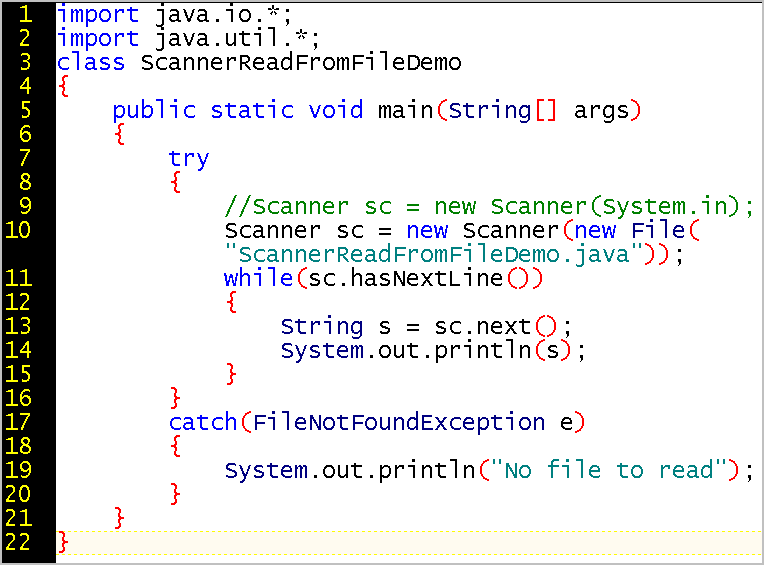C Write To File Stream
 He has composed songs and provided background music for Tamil, Telugu, Malayalam and Kannada films in a career spanning about 20 years.
He has composed songs and provided background music for Tamil, Telugu, Malayalam and Kannada films in a career spanning about 20 years.
Size_t fwrite ( const void * ptr, size_t size, size_t count, FILE * stream ); Write block of data to stream Writes an array of count elements, each one with a size of size bytes, from the block of memory pointed by ptr to the current position in the stream. The C programming language provides many standard library functions for file input and output. The stream model of file I/O was popularized by Unix, which was developed concurrently with the C programming language itself. Family have inherited C's file I/O interface with few if any changes (for example, PHP).
Most of the time, a developer needs to read or write data from a location outside the memory of the program. This location can be a text file, a network connection a database or any other source of data. In order to deal with such sources of information,.NET Framework provides a set of classes that can be used to read, write and interact with such data sources. This is done via streams & IO classes which is the topic under discussion. • • • • How Streams Work? Before dwelling into the details of streams, let us first throw some light on its architecture.
C Write To File Overwrite

The foundation of.NET streams architecture is laid upon three fundamental concepts: • Backing Source • Decorators • Adapters Backing source is the source from where data is read or destination to which data is written. Backing source can be file or network connection.
How to download adobe premiere pro cs6 for free mac. However, open multiple projects and rendering them at the same time is not recommended for low end PC as it will consume a lot of ram and processor. Nevertheless CC 2018 will be the first release to allow users to browse, manage and render multiple projects simultaneously. Unlike the previous version, users will not get monthly updates instead of yearly to offer better support and elimination of bugs rapidly.
In order to deal with backing source a uniform interface is required. This is done via a Stream class in.NET framework.
Stream class reads or writes data sequentially in the form of bytes or chunks of manageable size in the memory. This is different to the concept of array where all the data has to reside in memory. Thus, streams use less memory as compared to arrays.
Streams further divided into two types: • Backing Source Streams: These streams actually interact with data source or destination. For example, NetworkStream or FileStream. • Decorator Streams: These streams are used to transform data in some other form and then feed that data to other streams. Both types of streams deal with data in terms of byte. They read and write data sequentially in terms of bytes.
However, in real world programming, a higher level of abstraction is required where developers can use more concrete methods such as ReadLine or WriteAttribute methods which can read a line from a file and write XML attributes to file. This abstraction is provided via Adapters. Simply putting, Adapters wrap streams, hiding complexity of interacting with byte based data interaction. To further understand the concept of streams, have a look at the first example of this article: Example1.
Code: • • • • • • • udp://tracker.1337x.org:80/announce • udp://tracker.openbittorrent.com:80/announce • • • • • • http://fr33dom.h33t.com:3310/announce. Corel draw x6 keygen torrent.